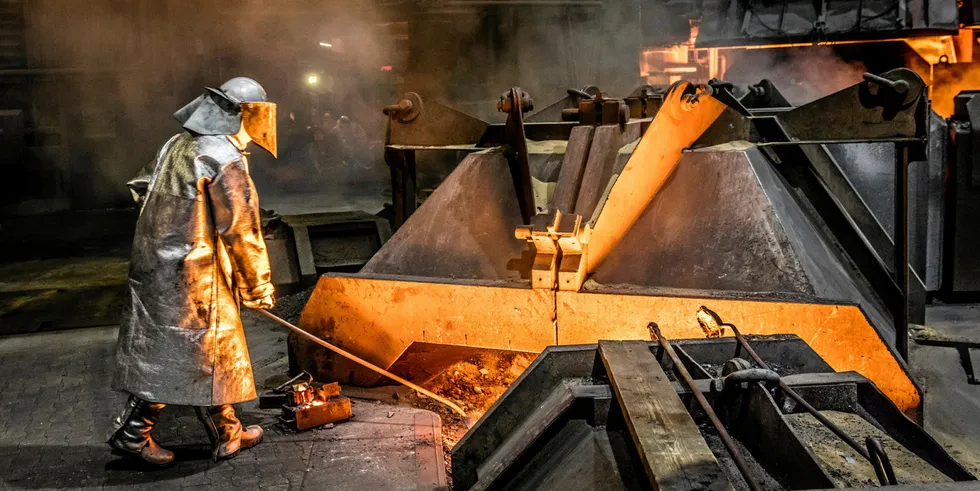'Germany’s first major hydrogen hub' | Uniper to supply Salzgitter steel plant with green H2
Up-to-1GW electrolyser at Wilhelmshaven may be linked to gigawatt-scale offshore wind farm while utility also develops H2 import terminal

Up-to-1GW electrolyser at Wilhelmshaven may be linked to gigawatt-scale offshore wind farm while utility also develops H2 import terminal
